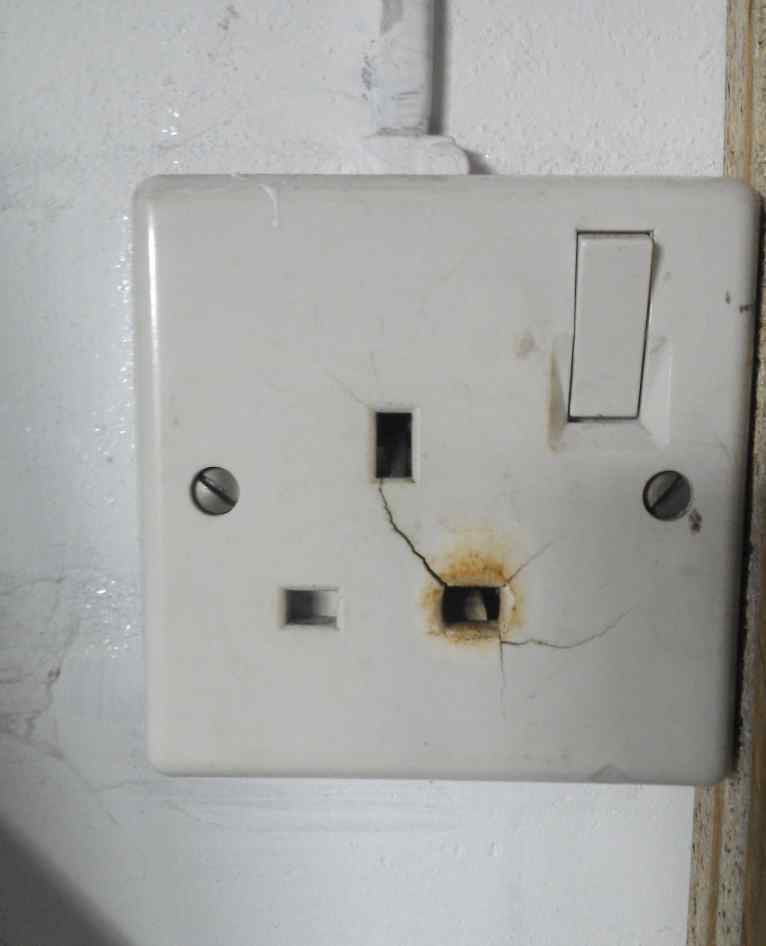Does my house need a rewire?
Rewiring a house is expensive and disruptive. If you are planning to buy a house, or renovate your existing one, and it's more than 30 years old, it is likely to need an update to its electrical system.
Here are some tell tale signs to the age of the electrical installation.
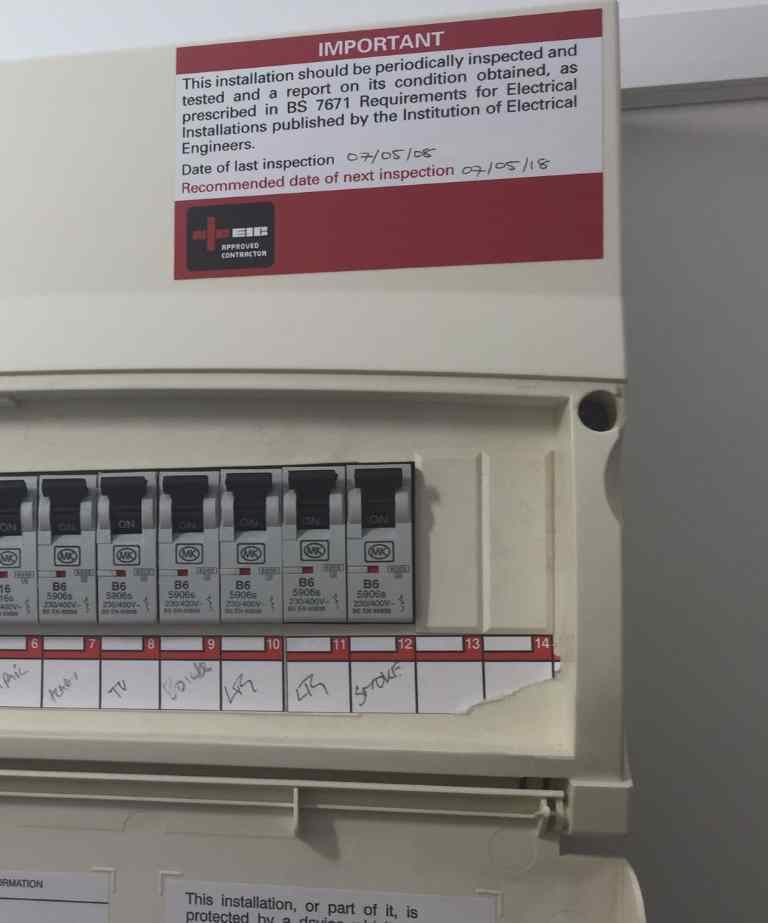
1. When was the wiring last inspected?
It's recommended that residential properties have the fixed wiring fully tested and inspected every 10 years (5 years for rented accommodation). If your house has been tested you should see a sticker on the consumer unit (fuse box) with the date of the last test, and when the next one is due.
If you can't see a sticker or find a test report, ask an electrician to perform and Electrical Installation Condition Report (EICR)
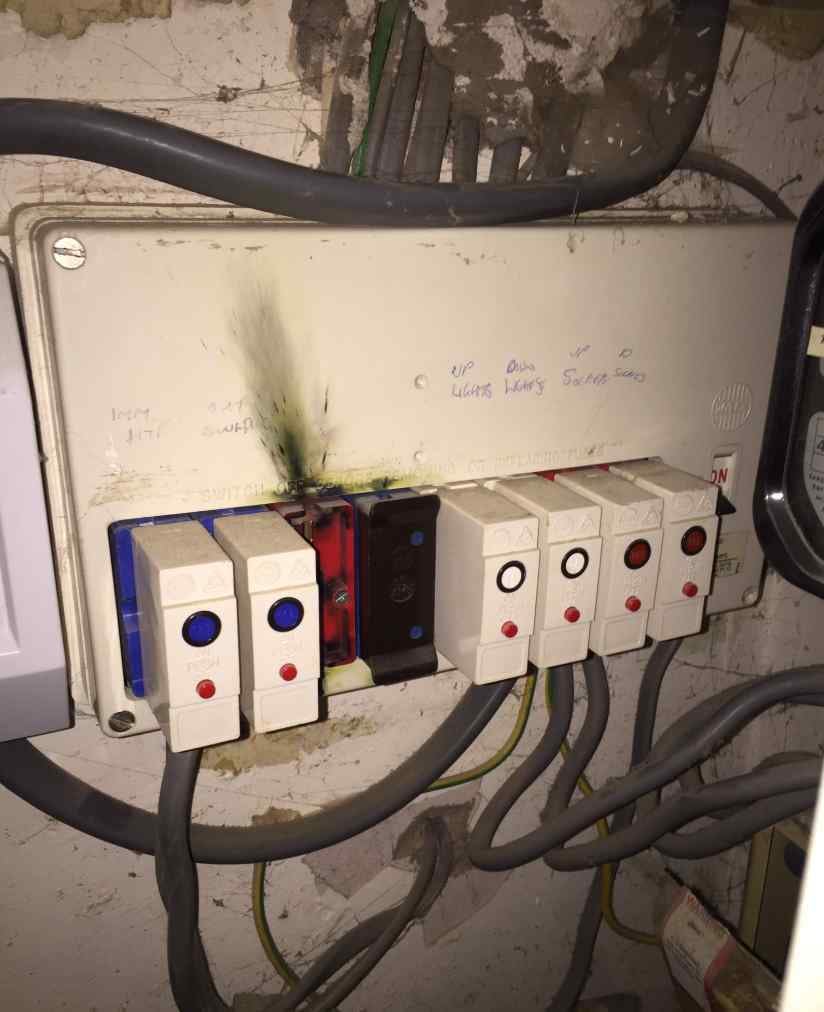
2. What does the fuse box or consumer unit look like?
When you are looking for signs of a recent inspection and you find a consumer unit or fuse box which looks like this, or older, then you almost certainly need a replacement. While the installation may not be unsafe. Modern consumer units offer higher degrees of safety and protection.
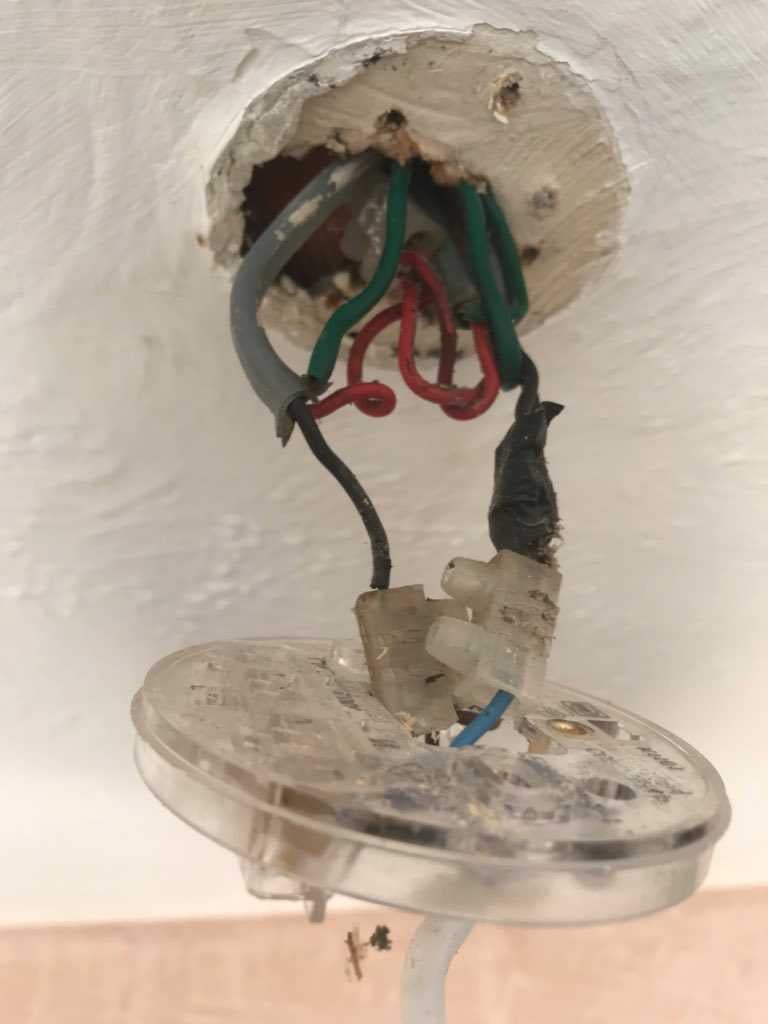
3. Cable colours
The colours of the fixed wiring give a clue to the age of an electrical installation. Current colours are blue (Neutral), brown (Line), green/yellow stipe for the CPC (earth). Prior to 2004 line was red and neutral black. The CPC (earth) changed from green to green/yellow stripe in 1977.
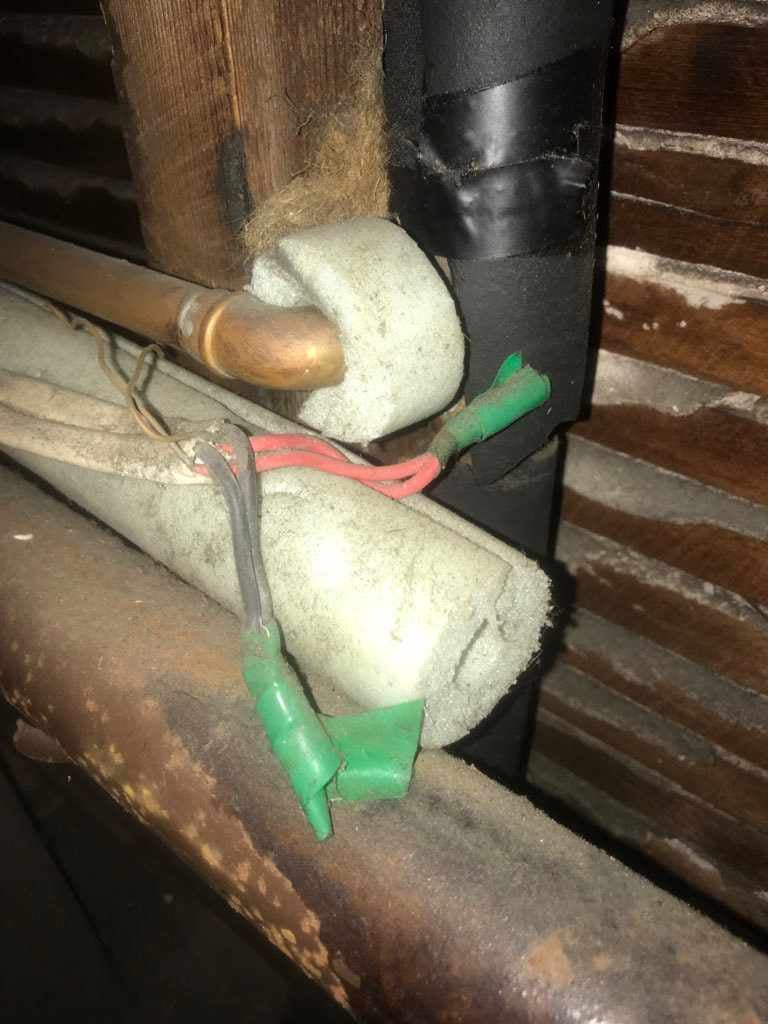
4. Exposed electrical conductors
The outer sheath of cables is usually grey, the inner cores are either black, blue, red or brown. You should only see these colours if you remove the front of a socket or light point. If you lift a floorboard or some insulation in the loft and see exposed cables the wiring has been poorly installed.
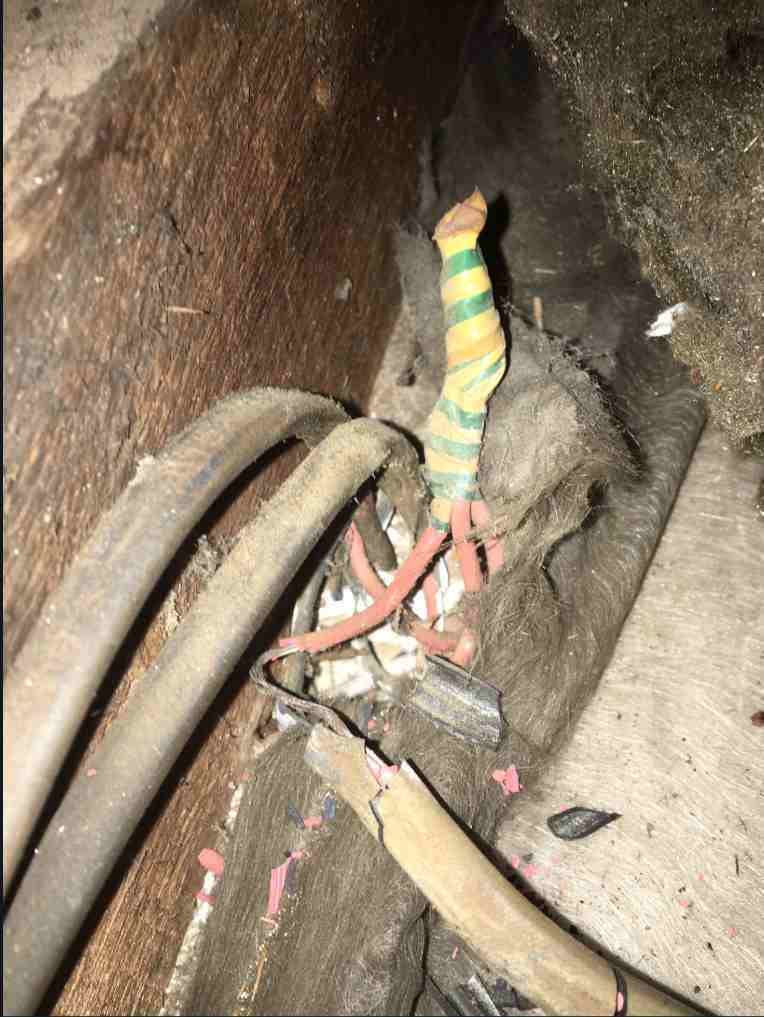
5. Old rubber or lead cables
Most house wiring has been made with PVC insulation since the 1960's prior to this rubber was used for inner cores with either a black rubber or lead sheath. Rubber becomes brittle exposing the inner cooper conductor resulting in a fire risk.
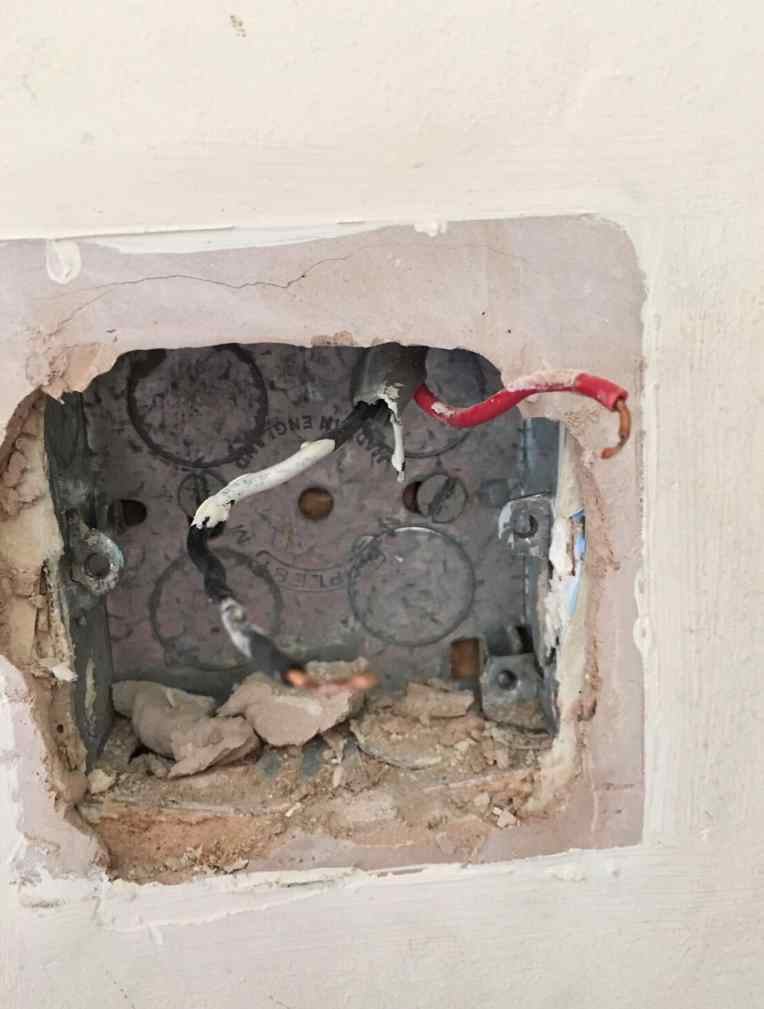
6. No earth wire in lighting circuits
If you remove the front cover of a light switch and can't see a green or green/yellow wire then the lighting circuit does not have a safety earth (CPC) connection. This is a potentially dangerous situation if you are looking to fit new light fixtures or metal plate light switches.
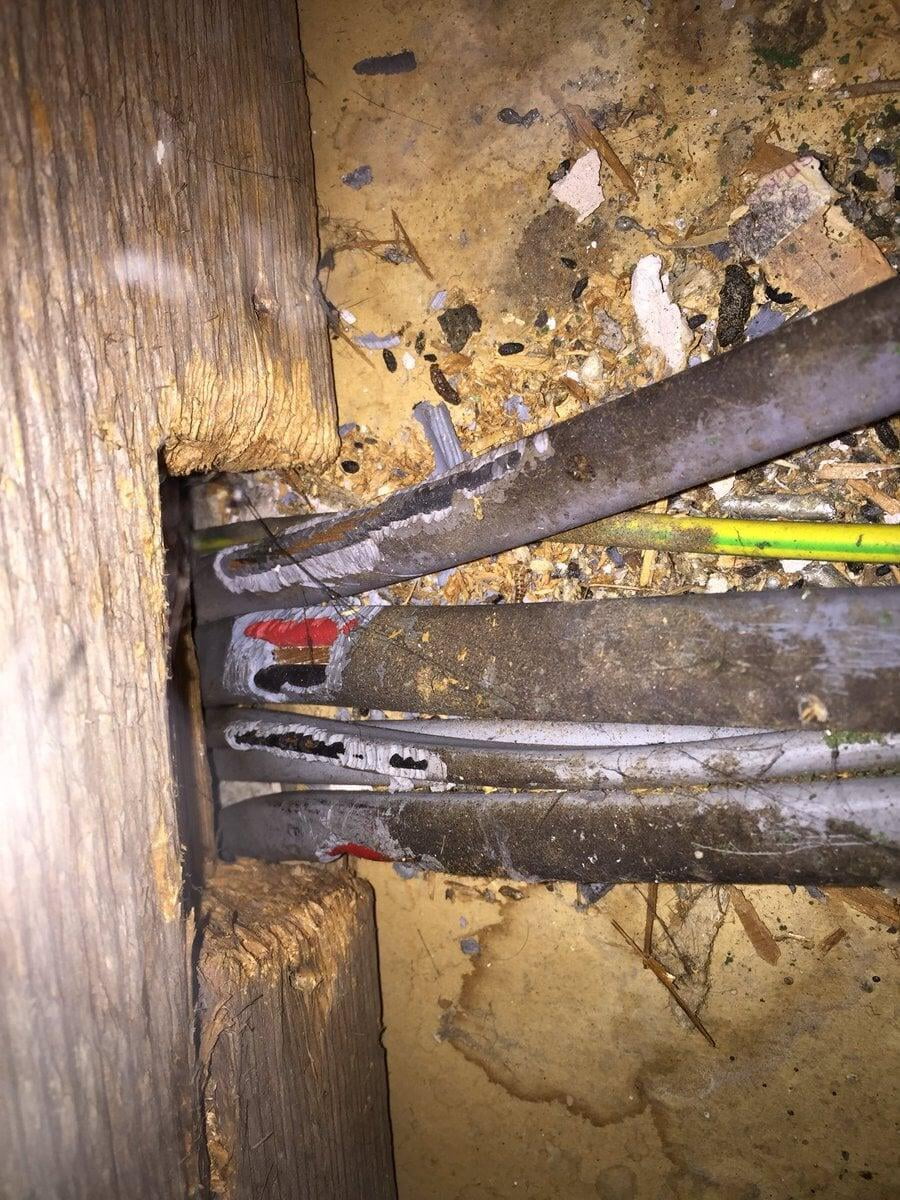
7. Vermin damage to cables
Mice and rats love to eat through the insulation of cables and they don't care if the wiring is old or new. Check under the floors and in the loft for signs of droppings or damage to cables.
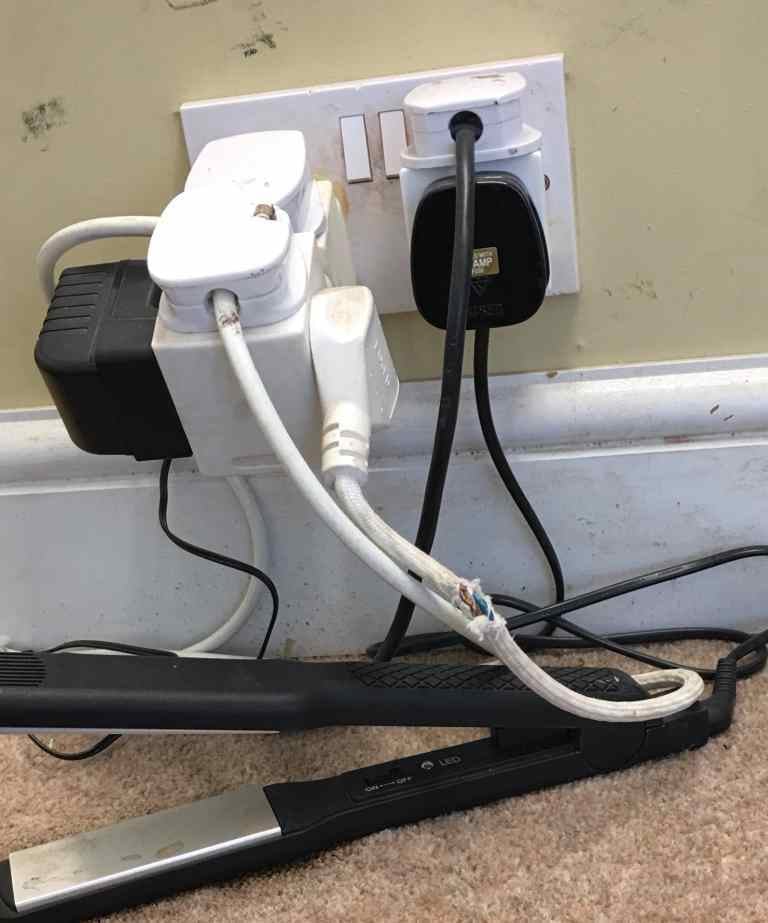
8. Not enough socket outlets
If there are very few socket outlets in a room then either the house was rewired on the cheap or the wiring could be old. Modern standards recommend a minimum of 4 double outlets in a small living room.
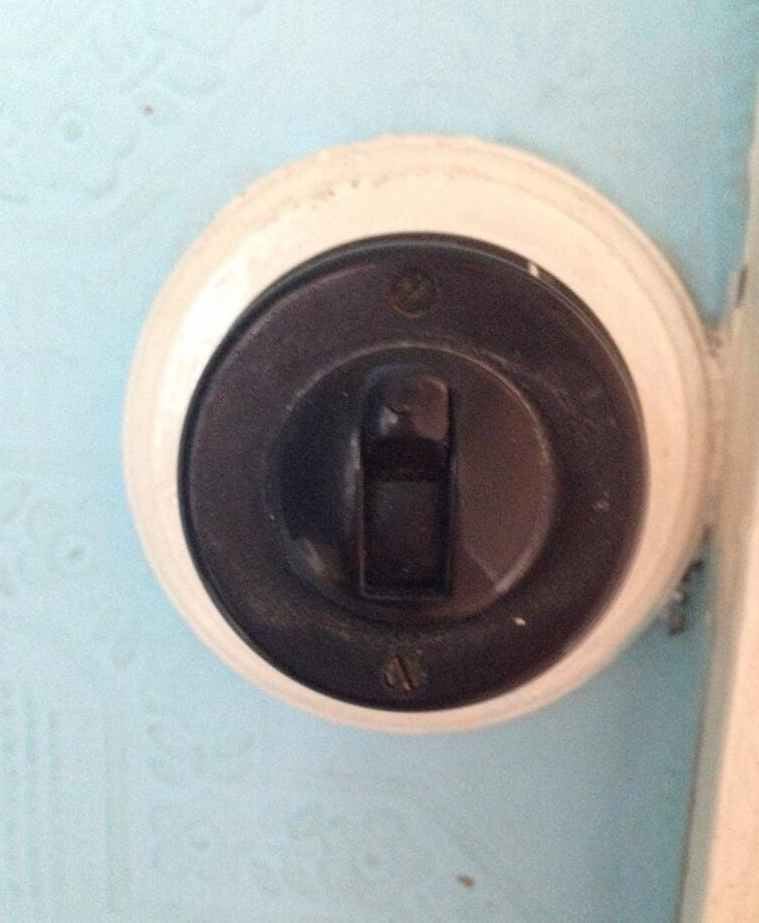
10. Old fashioned light switches
Although you can get replicas of old fashioned style light switches, if they look like this, are covered in paint and positioned very close to a door frame. The wiring behind is old and it's time for a rewire. ProTIP - Just because light switches or sockets look new doesn't mean the wiring is.
